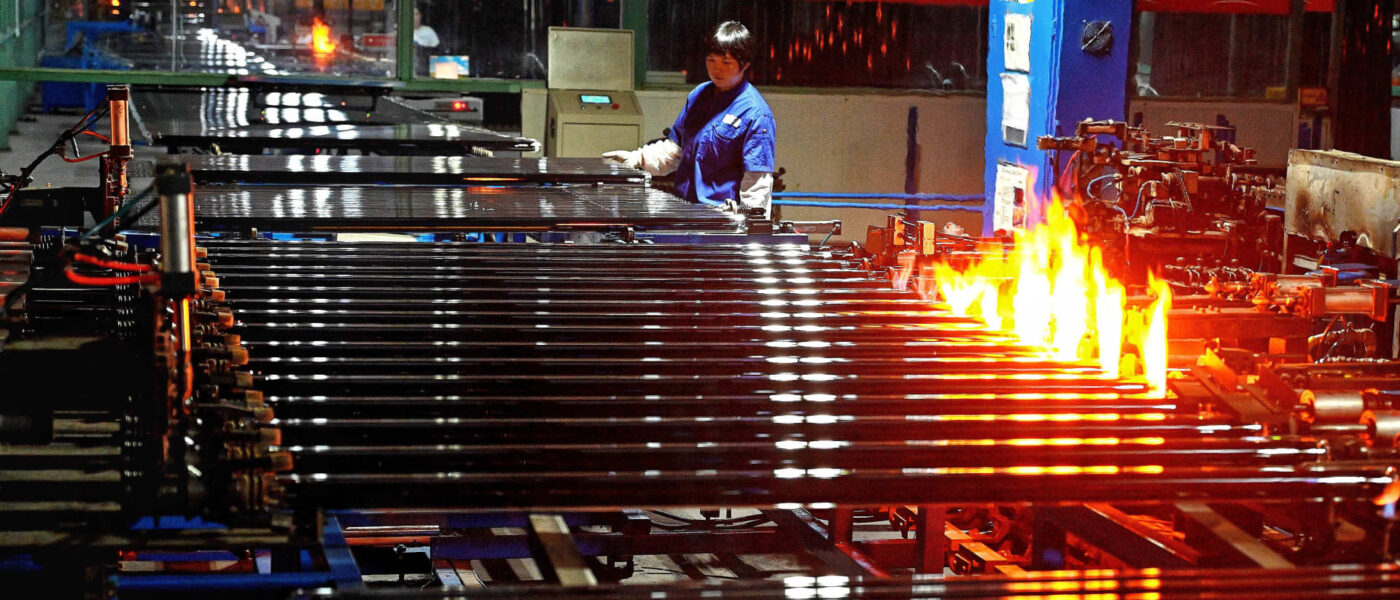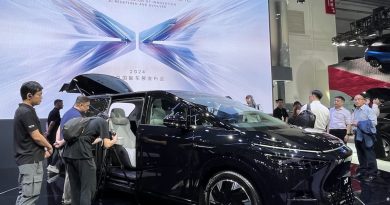China’s biggest policy meeting in six years kicks off this week. How investors can play it
The more dire predictions for China’s highly anticipated “Third Plenum” that kicks off Monday hint at constraining the financial sector, despite slowing economic growth. What’s widely expected, on the other hand, is reinforced support for high-tech and manufacturing. “For investors it’s not necessarily bad news because everybody knows exactly where the money is going,” Dan Wang, chief economist at Hang Seng Bank (China), told me last week, although she expects subdued growth in the near term as Beijing tackles longer-term priorities. “Industr[ials], advanced manufacturing, higher-value added equipment making, they were doing well in the past three years and they will continue to do well,” she said. Policy has long been an important guide for investors in China’s top-down economy. But in recent years Beijing is making clear it wants to end what it considers excessive financial speculation in parts of the economy, such as real estate. ”Finance must return to its original form, prevent a departure from reality to what’s virtual, and firmly make serving the real economy the starting point and end goal,” Han Wenxiu, executive deputy director of the Central Committee’s Office for Financial and Economic Affairs, wrote in a widely read article last month . That’s according to a CNBC translation of the Chinese. The official English summary listed four measures, the third of which called for developing the “real economy,” and “guarding against a shift from the real economy toward the financial economy.” The last “Third Plenum” was held in 2018. It’s a gathering of the Chinese Communist Party’s Central Committee, whose members are selected every five years and hold roughly seven plenary meetings each term. The third one typically focuses on the economy. This year’s meeting is set to wrap up Thursday. It was originally expected to be held as soon as last fall, but was delayed without explanation. “We expect the upcoming Third Plenum to focus on several areas that are crucial to China’s long-term economic path,” Bank of America economists wrote in a July 8 report. “These include promoting technology self-sufficiency, addressing demographic headwinds and improving the social welfare system related to employment, income, education, medical care, housing, child/senior care etc.” When discussing China’s global tech advantages, state media often highlight three export categories: new energy vehicles, lithium batteries and solar power. Goldman Sachs on July 11 published a lengthy report on China solar in anticipation the industry is nearing a bottom. “Moreover, we have started to see early signs of encouraging policy stance to curb new capacity and predatory pricing, which in our view, should bode well for accelerated industry consolidation towards leaders with strong [balance sheet], R & D and cost advantage,” analysts Jacqueline Du and a team said. “We believe the next 12 months would be the most interesting time to zoom into the solar sector to look for long run winners,” they said. One of the Goldman Sachs analysts’ newly initiated, buy-rated China solar stocks is Daqo New Energy , a U.S.-listed manufacturer of polysilicon for solar power companies. Daqo had 14% of the global market share in 2023 and no debt, giving it the strongest balance sheet within Goldman’s China solar coverage, the analysts said. “We think this solid balance sheet has equipped Daqo with a strong moat to survive the current industry downturn and become a consolidator over time.” The solar company’s U.S.-listed shares closed at $16.89 on Friday, for upside of nearly 30% to Goldman’s price target of $21.80. A separate team of Goldman analysts led by Si Fu on July 8 published a report looking at opportunities in small-cap Chinese stocks, based on their level of R & D intensity, overseas business and alignment with Beijing’s policy directives. Only two names in their 30-stock screen met all three of those qualifications: IKD, an auto parts company, and Autowell, a manufacturer of equipment for solar, lithium battery and semiconductor factories. Both stocks are listed in Shanghai. “China’s investing a lot in its supply chain and manufacturing and high tech. That will translate into productivity, and even better capacity in production. That’s a unique strength,” Wang said. “Relying on infrastructure or housing will not make China … become this modern society with high income level.” “So the only way out is to actually improve its productivity. There’s a high chance that it can be successful, but there are a lot of uncertainties along the way, financial risks being one,” she said. “I think they will try to address that in this meeting.”
This article was originally published by a Cnbc.com. Read the Original article here. .





